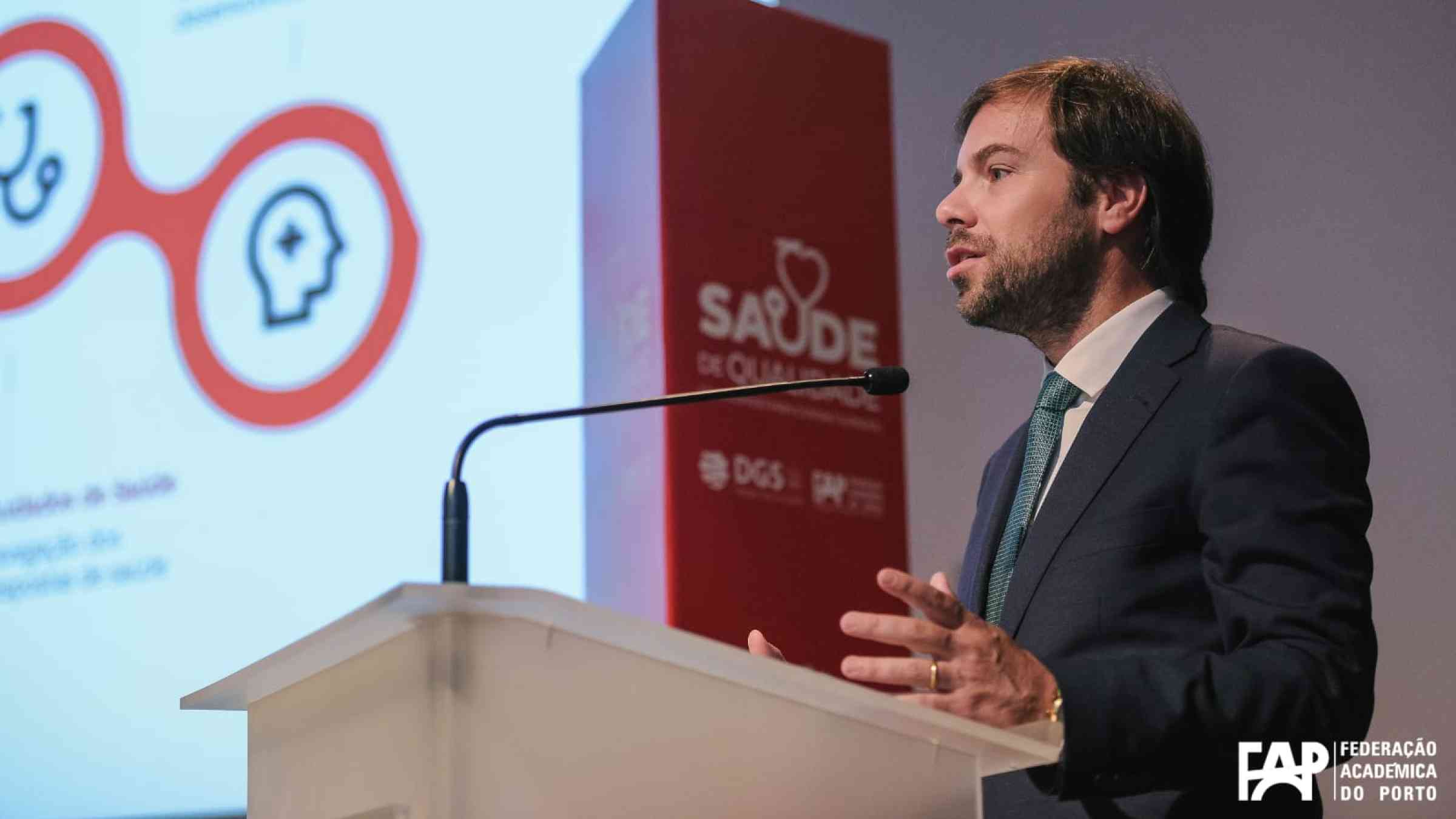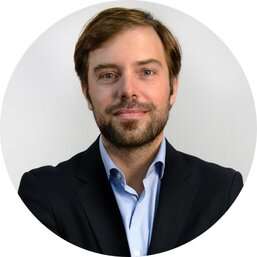How social listening and public trust can reduce heatwave and wildfire risks

In Portugal, there is an inspiring record of compliance with public health initiatives, and during the COVID-19 pandemic the public showed impressive adherence to confinement directives and vaccination campaigns.
PreventionWeb spoke to Miguel Telo de Arriaga, Head of the Division of Literacy, Health and Well-being at Portugal’s Directorate-General of Health to learn more about the country’s approach to risk communication, and how this is applied to reduce risks associated with wildfires and heatwaves.
Communicating uncertainty
PreventionWeb: One of the most challenging aspects of risk communication is dealing with uncertainty. How have you succeeded in tackling uncertainty in your public risk reduction campaigns?
Miguel Telo de Arriaga: The principle of uncertainty cannot block us. Even though you don’t know everything, that cannot stop us from taking action.
I believe that we should tell the truth, and say what we know, all the time. We also communicate uncertainty to tell people what we want to achieve with what we do know – to give a pathway, so that they understand that we have a strategy, even if we don't know everything. We inform people about new developments, to keep them informed.
Build public trust through communication
PW: The COVID-19 pandemic saw a lot of uncertainty, and conflicting advice from various sources. How did you manage the threat of misinformation?
MTdA: During the pandemic we started seeing something that I call the ‘expert versus expert’ approach. When you start to have on the news, say, two medical doctors talking about masks with one of them saying ‘that's ridiculous’ and the other one saying that's that it’s the most important thing. So, who should you trust when you are watching that on the TV? We have learnt that people usually follow the advice from the one that communicates better.
One thing we did was to focus on the communications space… we try to occupy that space, such as TV, at every opportunity, and our Director-General was on TV every day making statements at the same time every day.
When you have national recommendations, for example, given by politicians and technical experts, like our Director-General of Health, people do tend to follow the recommendations from the person that they have known since the beginning.
We need to be present to explain the scientific basis for our recommendations, or even to tell them when we don't have science, but then explain them in a clear way.
Understand public risk perception
PW: A large part of communicating risk is understanding the public’s perception. During the COVID-19 pandemic you built public trust by what you’ve called ‘social listening’ to gauge the public’s understanding of the situation and then respond appropriately. How does this work?
MTdA: It's a big challenge to gain trust – and it’s tremendously easy to lose it when you don't do things in a correct way.
In January 2020, we started to evaluate the risk perception of the population [regarding COVID-19] – through social media and with the academia, with a University research center. We immediately set up a group on behaviour science and health literacy. Before we even had the first cases in…. we developed a policy paper that we delivered to policymakers on a weekly basis – sometimes even twice or three times a week – giving risk perception levels. We did it using the traffic light system, so it could be easier for decisionmakers to evaluate the levels of risk perception in the population….
Then we tried, as much as possible, to customise the information and communication. We used, for example, Google, Facebook, Instagram, to focus on say, people from 40 to 45 with certain characteristics – that way we could provide them with the most relevant information.
At the same time we gave decision-making trees to health professionals so they could all use the same language and… the same arguments.

Get personal with micro-influencers
PW: You’ve spoken about communicating about risk at a national level, but much of your success results from one-on-one engagement at the community level. How do you go about doing this?
MTdA: In March 2020 we developed a project that we called ‘micro-influencers’ and we trained more than 5000 people from all over the country – police officers, national guard, fire departments, people from the municipalities, from social services – to provide members of the public with information about the pandemic.
We didn't want them to be health professionals. But they were amazing because they could talk using language that people understand. We provided them with a communication tool kit, using the same images and messages that allowed people to understand and to be explained in a very simple way.
Make the best choice the easiest choice
PW: You use this approach in other contexts – for example during heatwaves or forest wildfires – to encourage the public to make responsible choices.
MTdA: Yes. With the heat waves we use the professionals from the social sector who are visiting people at their homes, and they provide them with the amount of water that is needed to not be dehydrated, leaving it within their reach.
It was an easy way to do something that looks really complex because people don't always feel the need to drink water – especially the elderly and younger people – raising the risks of dehydration and heat stress.
We need to make the healthy choice the easy choice.
Create safe spaces with public appeal
In Portugal we also set up shelters or refuges during heat waves, where we invite people, for example the elderly people, so the most vulnerable groups can visit a shopping mall, a supermarket or any space where the temperature is controlled, and we encourage them to spend at least two or three hours per day there, in a cool environment where they can regulate their body temperature.
But instead of just having them visit, we create conditions for people to stay there for at least two or three hours. We work a lot with the municipalities to provide these kind of spaces. We ask how we could make it easier for them to stay there, by providing any kind of activities that they enjoy.
International best practice
PW: Are there any plans to extend Portugal’s social listening and risk communication strategies further?
MTdA: Yes, we are now working with the World Health Organisation to include our micro-influencer project in training programmes, as an international best practice.
We want to put this learning process into practice and make it work across different action areas – including in the disaster area. It's tremendously important to try and train people and to provide as much literacy as possible, to help people make choices, for example, to be evacuated ahead of a possible disaster.

Miguel Telo de Arriaga is Head of the Division of Literacy, Health and Well-being at Portugal’s Directorate-General of Health. He holds a PhD in Psychology and a Master's in Clinical and Health Psychology.
Miguel is a specialist in psychosocial intervention in crisis and emergency situations, in crisis communication and risk communication. In addition to these activities, he is also a researcher with several published articles. Miguel is a collaborating member of the Católica Research Center for Psychological, Family and Social Wellbeing, Catholic University of Portugal.